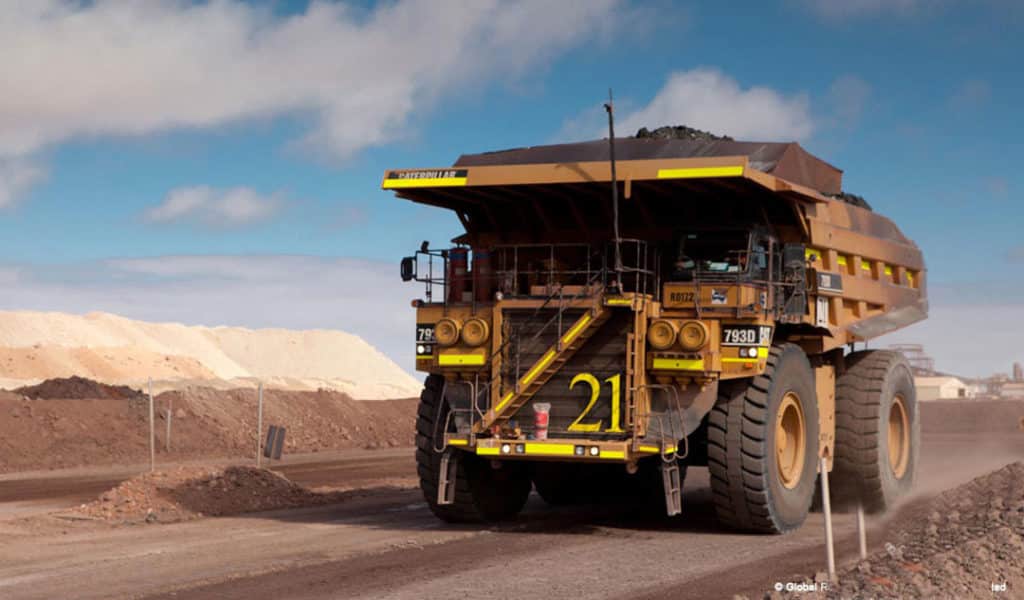
The potentially deadly disease, which has been diagnosed in workers underground and in open cut environments, is the more serious in a raft of health-related issues that stem from exposure to airborne dust.
Managing dust and fugitive dust has been serious workplace issues within the mining, construction, infrastructure and farming sectors, leading to investigations by government agencies, unions and mainstream media.
GRT has developed a range of proven dust suppression and elimination products and management tools to address the health risks of airborne dust, which could inturn, eradicate black lung disease.
GRT’s range of specially formulated, dust control products work by preventing the generation of dust while stabilizing the treated surface, improving safety and eliminating dust complaints from staff and surrounding landholders.
Engineered in GRT laboratories and tirelessly tried and tested, the non-toxic products (Road Stabilization and Dust Suppression Chemical Ecological Risk Assessment Technical Report, ERM) have a low carbon footprint and offer further environmental and community health protection by reducing the damage caused by fugitive dust.
Government agency Simtars was engaged by Global Road Technology to provide independent evaluation/measurements based on a statistical comparison of field data, the test data reveals improved air quality by 96 per cent while independent test results exceed recommended air quality indicators.
Air quality management relating to dust and particles occurs through local, state and national measures. On a national level, air quality objectives for health and wellbeing related to dust is delivered through the Environmental Protection (Air) Policy 2008. The policy does not specify an objective for deposited matter but recognizes the New Zealand Ministry for the Environment’s recommended trigger level of 130mg/m2/day as an appropriate goal for deposited dust.
An independent evaluation on dust production from roads treated with GRT products was measured using techniques that calculate the mass of dust per unit of surface area and the amount of suspended particulates per cubic metre of air (dust which may be inhaled).
GRT treated sites came back at 47-61mg/m2/day – some 50 per cent lower than the recommended trigger levels. This compares to untreated sites which recorded readings of 387-499mg/m2/day.
Compared to conventional processes, GRT’s dust suppression solutions offer other distinct advantages and financial benefits including easy application, operational efficiencies, and long lasting protection across extreme climatic conditions on a wide variety of soil types and raw material stockpiles without any negative impacts on the environment.
For more information on GRT products or our research to assist in the prevention of black lung disease: www.globalroadtechnology.com
Are environmental regulations, health and safety concerns or potential profit loss a concern right now?
Contact Us Now